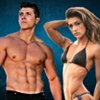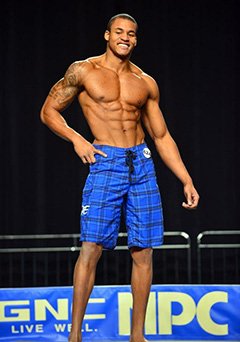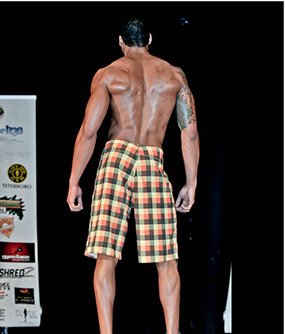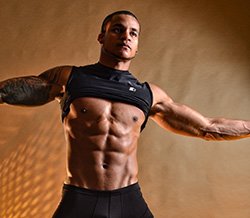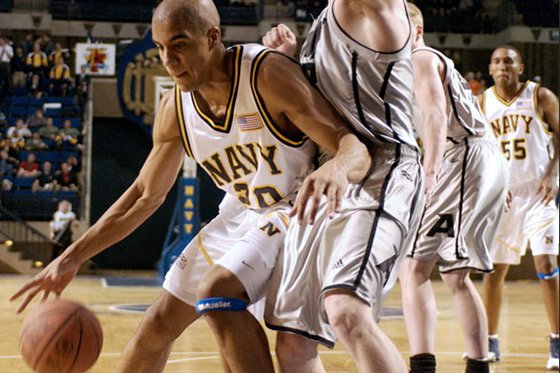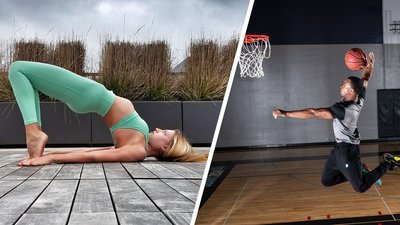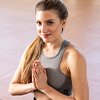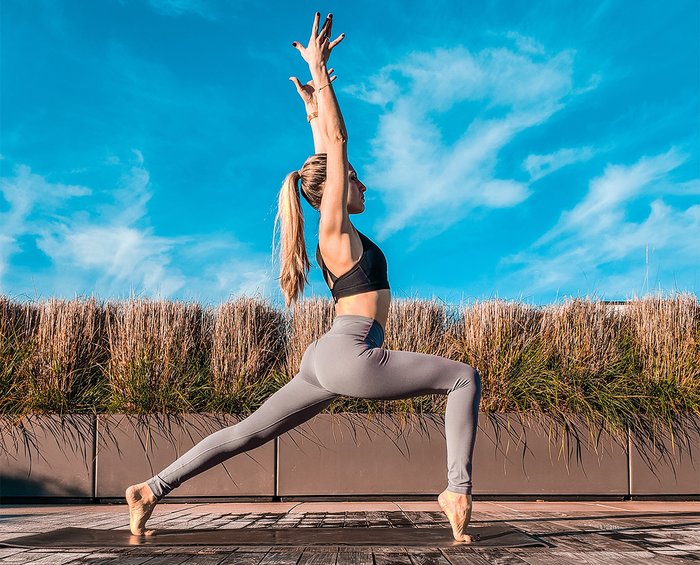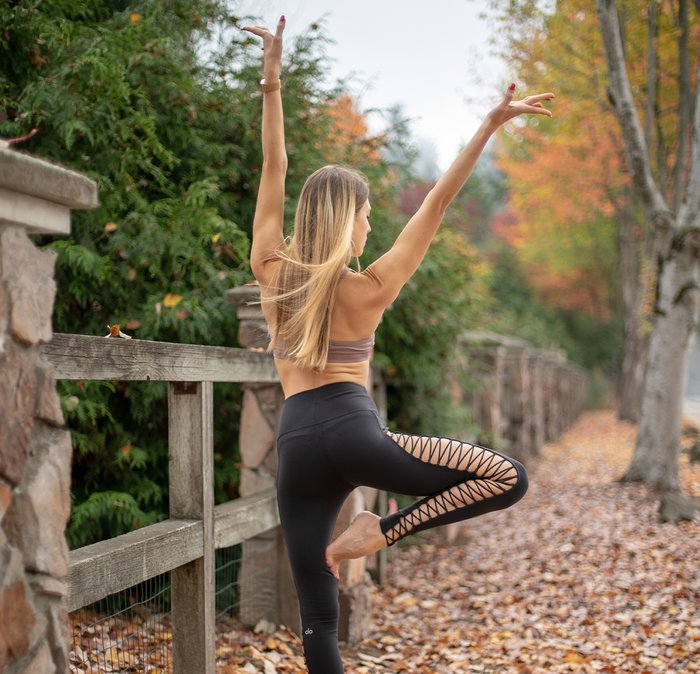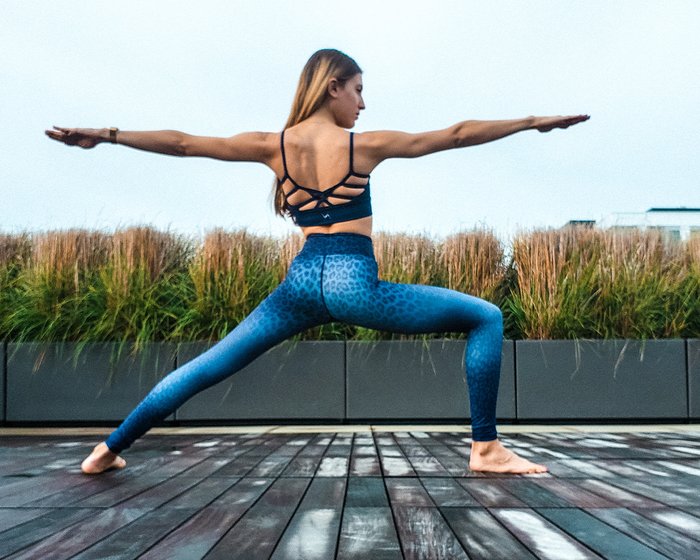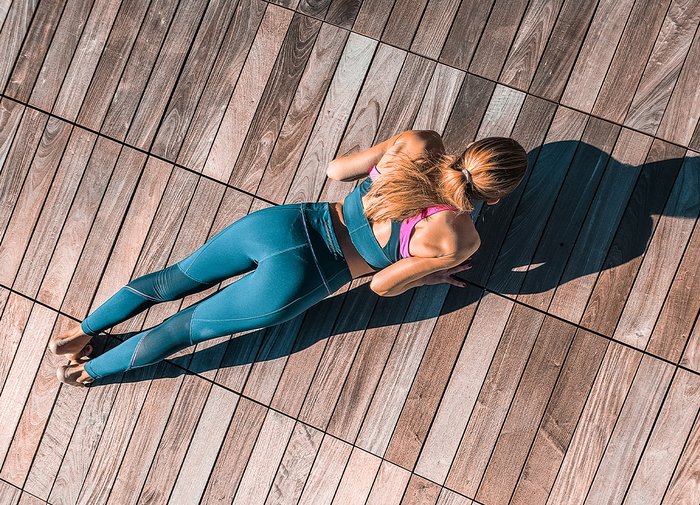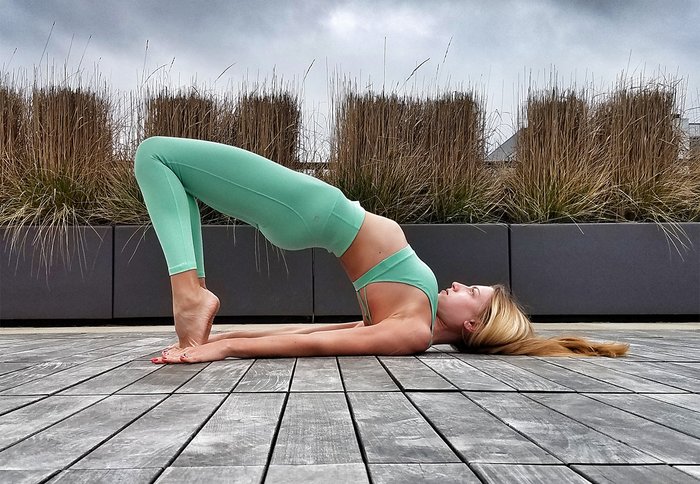In this week's edition of NBA Weekly Roundup, Tom Haberstroth analyzes trades that helped teams better their chances for an NBA title.
Strength Training Recommendations For Basketball Players.
What
kind of strength training for basketball do you need to do? Learn how
to make a great program and 10 strength training guidelines...
Exercise Guidelines
Strength Training Should Be:
Training Frequency: Program Design

10 Strength Training Guidelines
Strength Training Should Be:
- Safe
- Time Efficient
- Productive.
- Perfect exercise technique and form prior to utilizing additional resistance.
- Perform every movement in a slow, controlled, and deliberate fashion with special emphasis focused on the eccentric (negative) phase of each lift.
- Work within an appropriate repetition range (6-25 reps/set for most adults).
- Use a limited number of sets and exercises each workout (brief yet intense workouts).
- Minimize rest intervals ("circuit") to induce an overall conditioning effect.
- Train the entire body equally (include all muscle groups) to ensure muscle balance.
- Train at a high level of intensity (as close to muscular fatigue as possible).
- Utilize a predetermined method of progression.
- Record all pertinent workout data. Get a workout log.
Training Frequency: Program Design
- 2-3 workouts per week
- 40-60 minutes per workout
- 1-3 sets per exercise, 10-15 total exercises per workout
- Perform each set to a point that no other "quality" repetitions are possible (muscle failure/muscle fatigue)
- 8-20 repetitions per set (reaching muscle fatigue prior to 6 repetitions means the resistance is "too heavy" and increases orthopedic stress)
- Utilize what is available - free weights, machines, manual resistance, etc...
- Leg press
- Leg extension
- Leg curl
- Hip adduction
- Hip flexion
- Low back
- Abdominals
- Chest fly
- Chest press
- Pullover
- Pulldown
- Lateral raise
- Shoulder press
- Rear delt
- Seated row
- Triceps
- Biceps
- Forearms
10 Strength Training Guidelines
- Perform perfect repetitions every time you strength train.
- Perform slow and controlled reps with no bouncing!
- Strength train at high level of intensity.
- Take every set to the point at which no further reps can be completed.
- Strength train progressively.
- You must consistently increase the weight in order to get stronger.
- Strength train within a predetermined rep range.
- Aim for 8-12 reps for your upper body and 12-15 for your lower body.
- Strength train the entire body equally.
- Muscular balance is important for injury prevention.
- Strength train using a limited volume of sets and exercises.
- It's not how much you do; it's how hard you do it!
- Strength train larger muscle groups first.
- Hit your largest muscle groups early while you are fresh.
- Allow for adequate recovery between strength training sessions.
- Do not over train!
- Keep accurate records of all strength training sessions.
- Accountability is crucial for success.
- Use advanced strength training techniques appropriately.
- Limit overuse of assisted reps and breakdown sets.




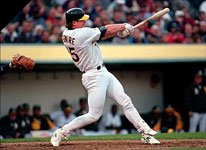 As the swing begins, the stride is in place and the body begins to
rotate. Without a firm base, the body will not be able to generate any
strength from the legs into the trunk. The force is generated from the
ground, into the legs, to the trunk and finally the bat.
As the swing begins, the stride is in place and the body begins to
rotate. Without a firm base, the body will not be able to generate any
strength from the legs into the trunk. The force is generated from the
ground, into the legs, to the trunk and finally the bat. 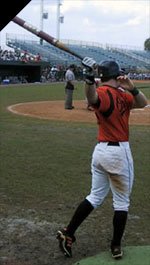 One thing that has been used often, but incorrectly, is the weighted
bat. When you use this tool as a way to become stronger, it is important
to maintain your game swing. What I mean by this, is that your swing
should not change even though the weight of the bat is increased.
One thing that has been used often, but incorrectly, is the weighted
bat. When you use this tool as a way to become stronger, it is important
to maintain your game swing. What I mean by this, is that your swing
should not change even though the weight of the bat is increased. 
